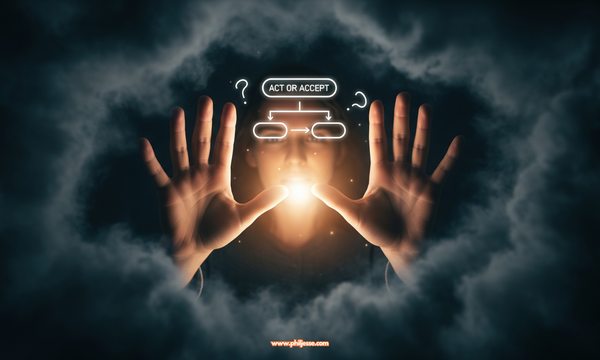The Bar Raiser's Toolkit for Stress Resilience: Strategies for Calm and Strength
Feeling overwhelmed? Discover Phil Jessé's Bar Raiser toolkit for stress resilience. Learn practical strategies using exercise, mindfulness, breathwork, kindness, and energy management to find calm, build strength, and navigate modern life with purpose.

Life in the 21st century often feels like navigating a relentless storm. We're bombarded with information, juggling constant demands, facing pervasive uncertainty, and striving in a world that rarely pauses for breath. It’s no wonder so many of us feel overwhelmed, stressed, and disconnected, searching for an anchor, a reliable way to manage the pressure, or simply a path back to inner calm.
If this resonates, you're far from alone. Modern life throws unique challenges our way, impacting our mental, emotional, and even physical wellbeing. But within these challenges lies an opportunity – an opportunity to build resilience, cultivate inner strength, and learn practical strategies to navigate the turbulence with greater grace and purpose.
This article isn't about quick fixes or temporary band-aids. It’s designed as a comprehensive, holistic toolkit – a guide you can return to again and again – exploring practical, sustainable strategies for managing stress and building lasting resilience. We'll draw upon philosophical insights, mindset principles grounded in The Bar Raiser Mindset, and actionable techniques backed by both science and real-world experience – including my own journey navigating stress, anxiety, and the pursuit of peak performance.
Our goal is not to eliminate stress entirely – some stress (eustress) can be motivating – but to understand its impact and equip ourselves with the tools to manage unwanted stress (distress) effectively. We'll explore how movement, mindset practices, and conscious lifestyle choices work together to create a powerful buffer against overwhelm, helping you not just cope, but thrive.





